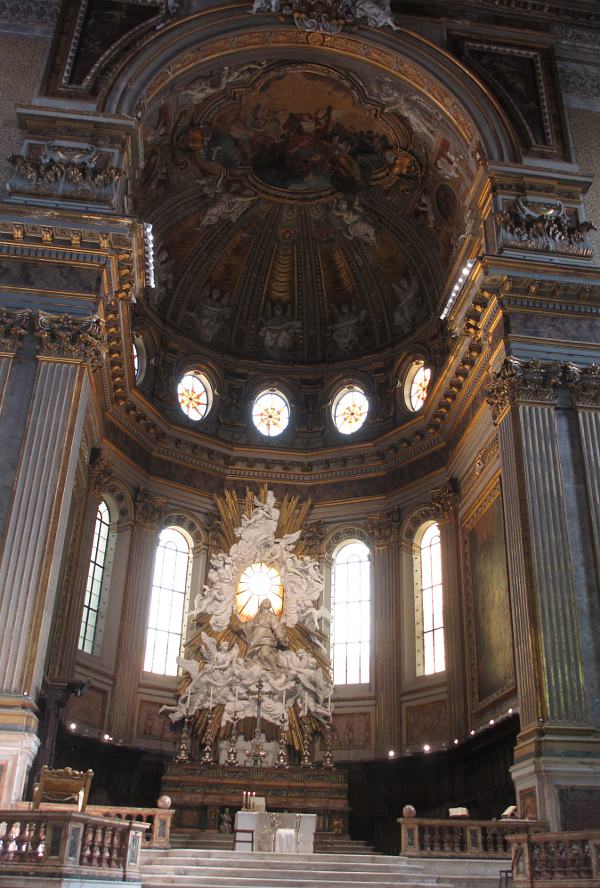Før jeg begynte å studere messens utvikling (dvs før 2007, flere år etter min ordinasjon) hadde jeg bare hørt at man etter konsilet tok bort mange, lange og helt unødvendige deler av messen i den omfattende liturgireformen etter konsilet. Den påstanden er selvsagt helt feil, for den katolske messen hadde aldri vært særlig lang eller komplisert.
Etter mitt syn nå i dag hadde det vært passende om ca 1/3 av forandringene i messen etter konsilet hadde kommet, som en forholdsvis omfattende revisjon av messen man hadde – og ikke som en Novus ordo, en helt ny messe – for det var vel en revisjon, og ikke noe mer, biskopene hadde i tankene da de vedtok Sacrosanctum concilium.
Den nye messen fra 1969 gjorde altså dramatiske forandringer på messen man hadde kjent i rundt 1500 år, og oftest nevnes Josef A. Jungmann, SJ, som den forskeren som aller mest ledet Kirken i en slik radikal retning. Jeg har satt meg fore å se om dette er korrekt, og når jeg nå har lest gjennom over halvparten av Jungmanns The Mass of the Roman Rite – Its Origins and Development, har jeg lagt merke til tre ting:
1
Jungmann snakker hele tiden om messen som en offerhandling, et offer som bæres fram for Gud, og at dette er det viktigste som skjer i messen – og dette er aldri noe han kritiserer. Når flere av liturgi-reformatorene etter konsilet ønsket å dempe eller nesten helt da bort offeraspektet i messen, bygget de altså ikke på Jungmann. (Men hvem bygget de da på?)
2
Når Jungmann snakker om de troendes aktive deltakelse i messen, nevner han aldri praktiske/ ytre aktiviteter – men at de troende skal kunne følge med i det som skjer i messens gang. Han liker ikke utenpåklistrede fortolkninger av messen eller en allegorisk forståelse av den, eller at folk skal gjøre helt andre ting (som å be rosenkransen) under messen. Når man en del steder (ikke så mye i Norge) legger veldig stor vekt på at menigheten må aktiviseres med mange praktiske oppgaver under messen, bygger man altså heller ikke på Jungmann – han ville at de troende skulle kunne vie seg til de hellige handlinger som utspilte seg i messen.
3
Jungmann snakker riktignok (men er noe usikker på om det var slik andre steder) om at i de eldste kirkene i Roma var alteret vendt mot menigheten (fordi apsis lå mot vest, og man alltid skulle be mot øst) – samtidig som han er helt klar på at man tidlig (nesten alle steder) både i øst og i vest hadde alteret vendt mot apsis i kirken, som også var orientert mot øst.
Personlig syns jeg at de to største problemene med den nye messen (som det også er mye godt å si om) er at 1) den ofte ikke lenger oppfattes (av prester eller lekfolk) som en tydelig offer- og tilbedelseshandling (men det mye mer sekundære fellesskapsaspektet får nesten all vekt), og 2) at man ved å snu alteret (sik at presten ser folk i ansiktet når han ber til Gud) har forsterket dette mellommenneskelige aspektet, og ytterligere tonet ned at i messen rettes offeret, tilbedelsen og bønnen til Gud.
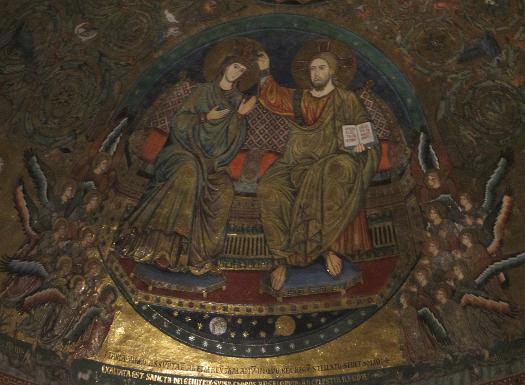

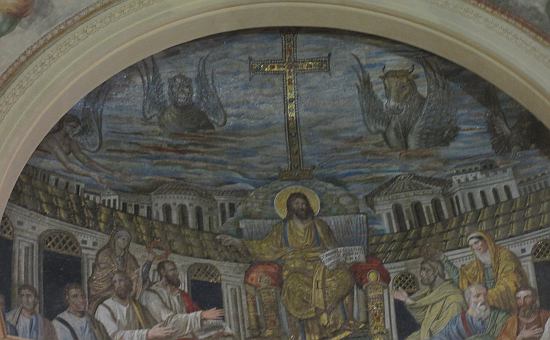


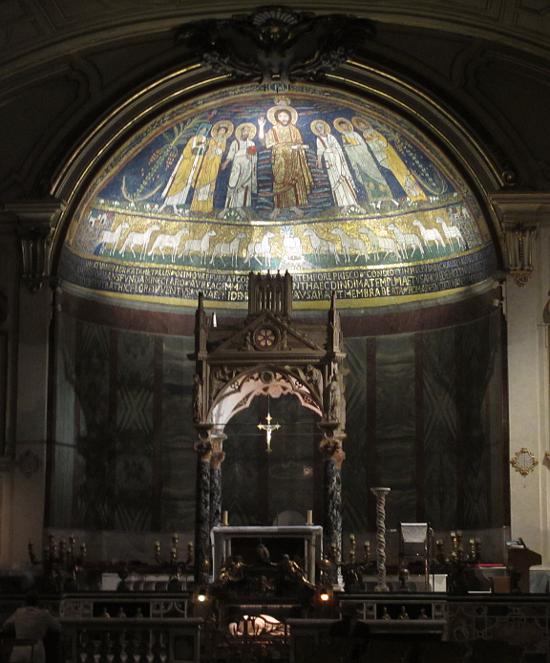
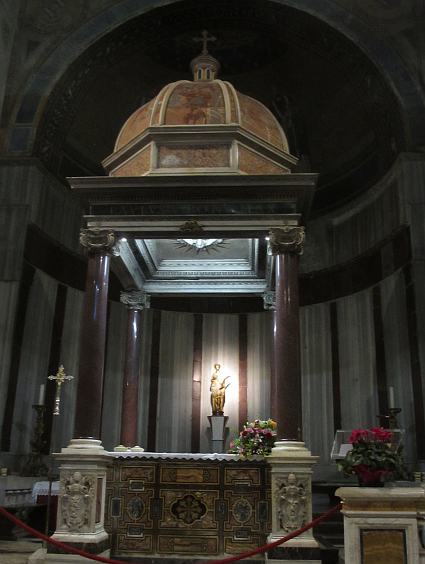

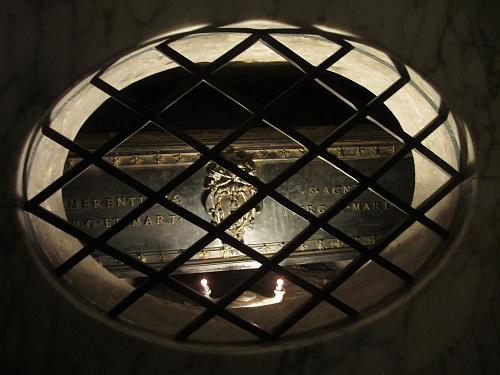
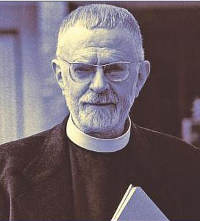 Boyer skriver dernest en hel del om sin deltagelse i kommisjonen som skulle revidere den katolske messen. Om dette skriver han slik:
Boyer skriver dernest en hel del om sin deltagelse i kommisjonen som skulle revidere den katolske messen. Om dette skriver han slik: Jeg har nettopp lest ferdig Aidan Nichols’ bok The Latin Clerk – The Life, Work and Travels of Adrian Fortescue.
Jeg har nettopp lest ferdig Aidan Nichols’ bok The Latin Clerk – The Life, Work and Travels of Adrian Fortescue. 
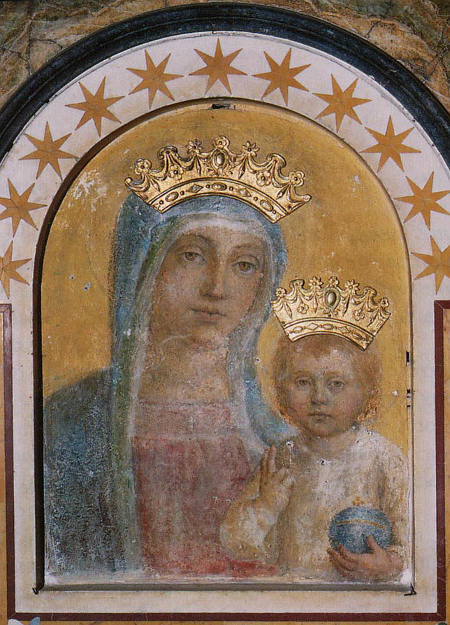
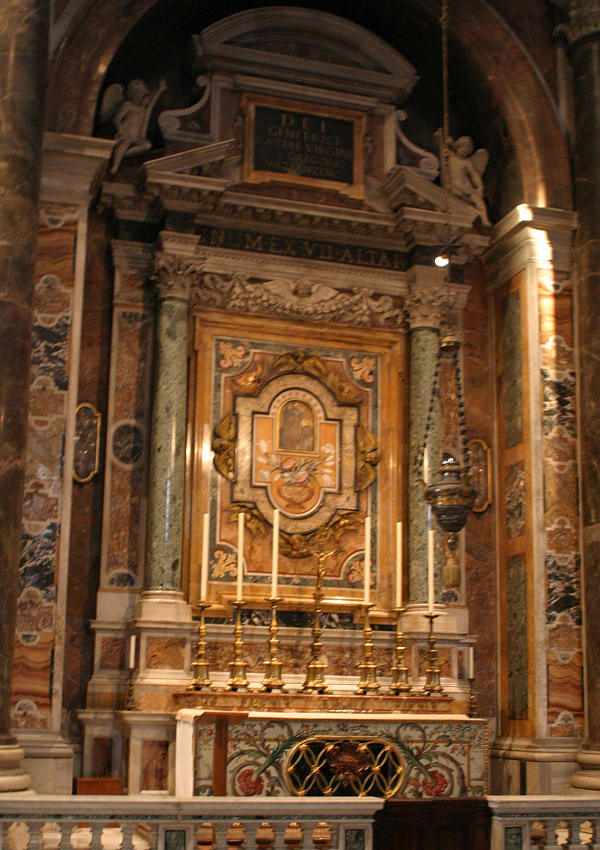
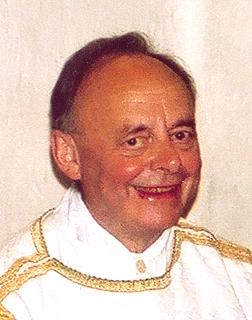 Jeg mottok i dag en trist e-post som forteller at diakon Gunnar Wicklund-Hansen døde i går, søndag 1. november.
Jeg mottok i dag en trist e-post som forteller at diakon Gunnar Wicklund-Hansen døde i går, søndag 1. november. 
